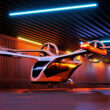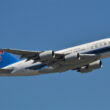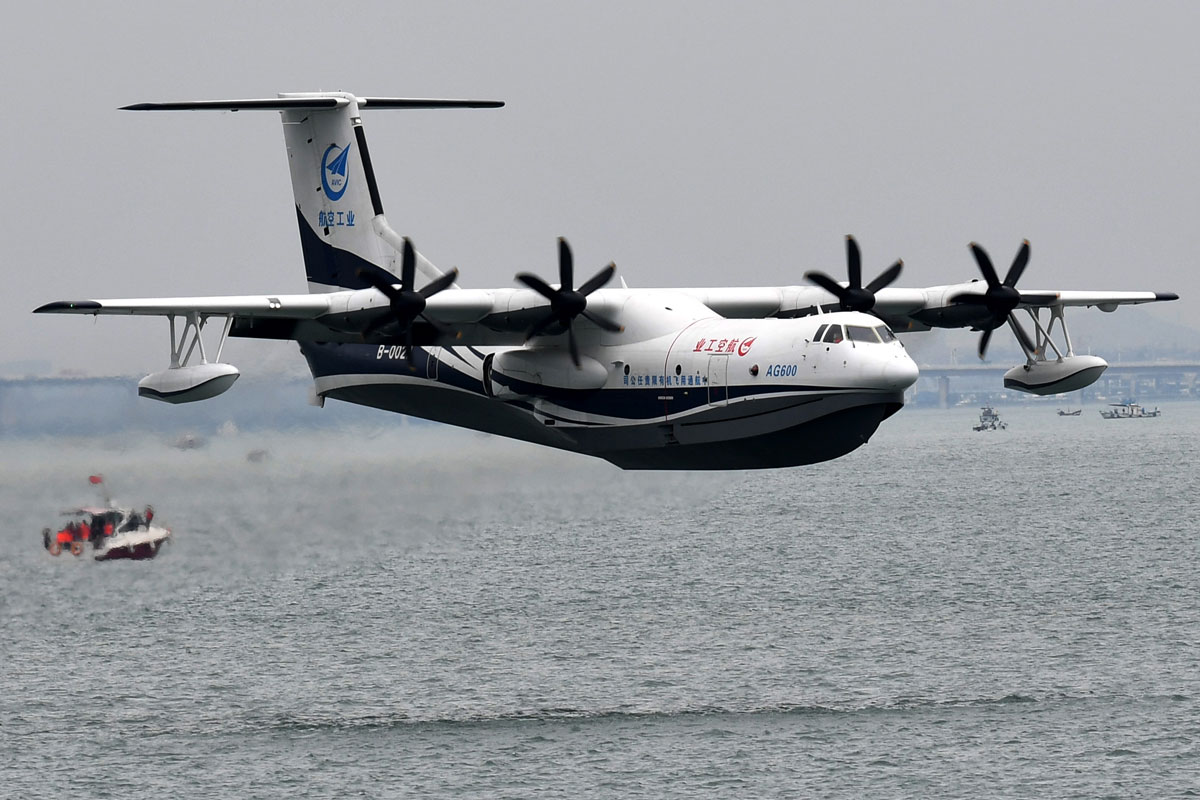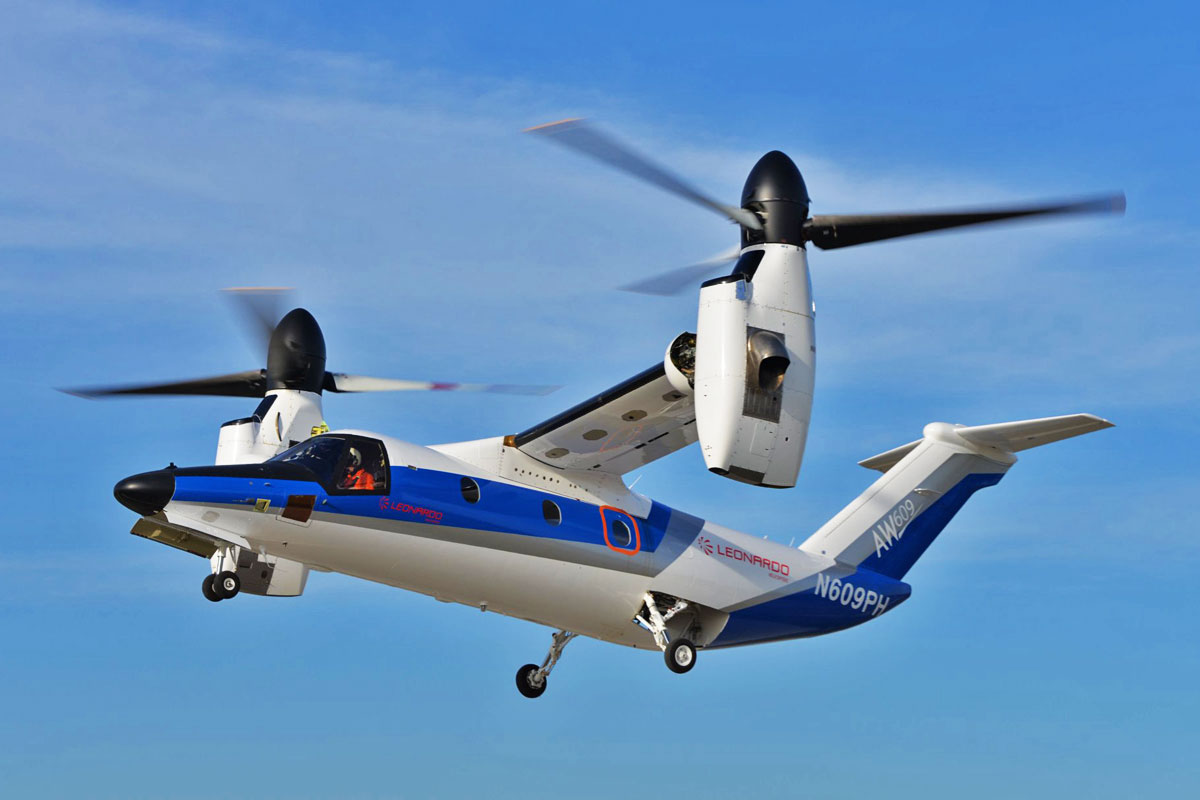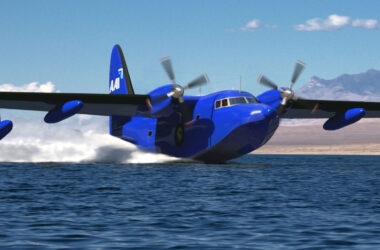Russian President Vladimir Putin has launched a new challenge to the country’s aerospace industry that he called an “immediate task”: to provide a domestic turboprop engine to the LMS-901, a utility aircraft designed by Baikal Engineering to replace the old biplanes Antonov An-2.
The LMS-901 is yet another Russian aircraft that has been suffocated by the sanctions imposed by Western countries against Moscow, due to the Russian invasion of Ukraine in progress since February 24th.
The aircraft was originally proposed with the new H80 engine, supplied by General Electric, but which naturally suspended supply after the conflict began. The engine candidate for the task is the VK-800S, produced by Klimov, and which is derived from the VK-800 turboshaft that equips several Russian helicopters.
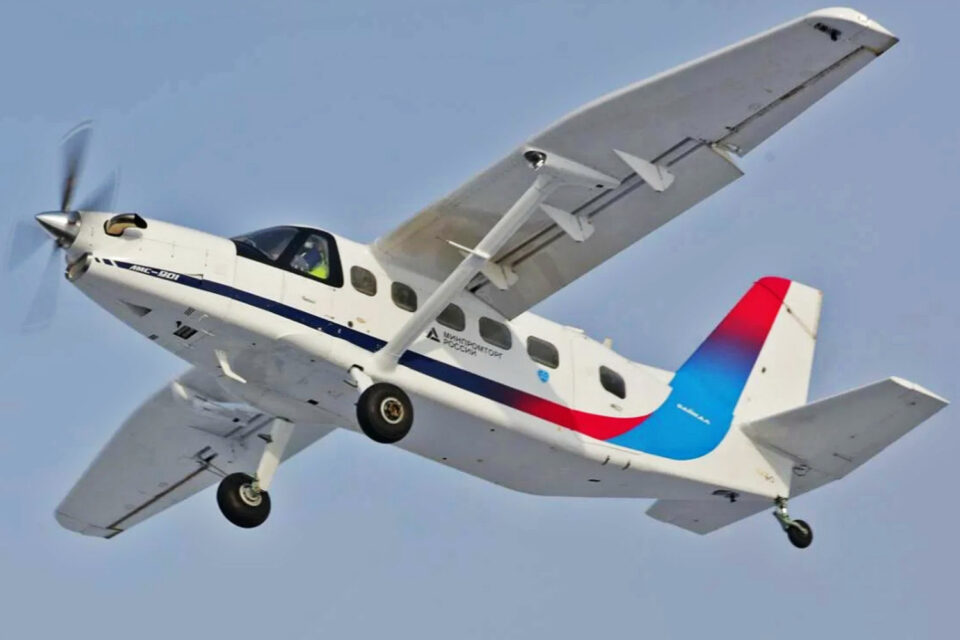
Emergency parachute
The LMS-901, from the Russian manufacturer UZGA, made its maiden flight in January, as shown in videos posted on social networks.
“The first immediate task is a Russian-made engine. It will be a good project (the LMS-901) for the Siberian and Far East (Russia) regions, for the local airlines. This is really a significant event,” Putin said in a meeting with the governor of Khabarovsk province Mikhail Degtyarev, as reported by Russian news agency TASS.
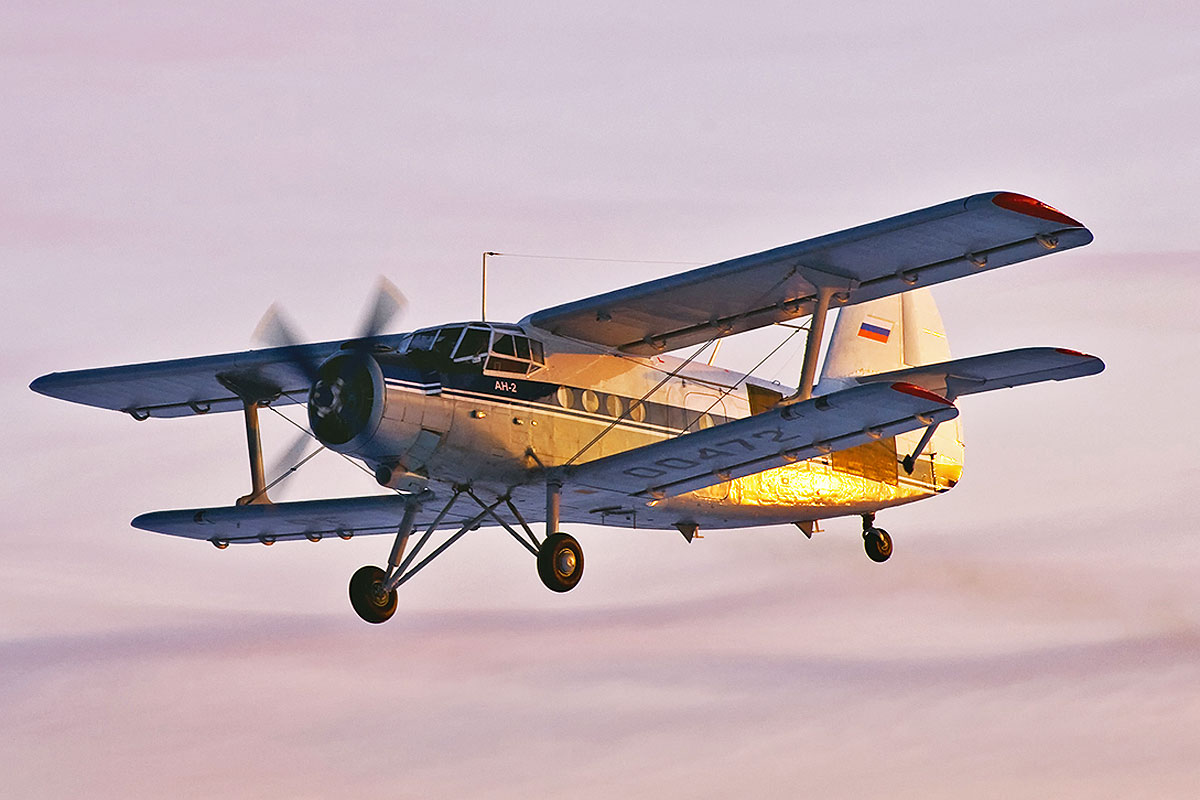
Also according to the publication, Putin said that the new plane “is very good: it will land on water and snow with skis and on small slopes 300 meters long”.
The Russian president erroneously added that the LMS-901 will be “the first aircraft in the world with an emergency parachute system”. Emergency parachute systems for airplanes were developed in the 1980s in the United States and equip airplanes like those produced by Cirrus Aicraft.
The LMS-901 is one of Russia’s latest aeronautical projects, started in 2020. The aircraft is a high-wing monoplane, made of aluminum, capable of carrying between nine and 14 passengers or a payload of 2,000 kg.
According to the manufacturer, the aircraft has half the maximum weight of the An-2 (which weighs 3,300 kg empty) and should reach a maximum speed of 300 km/h and offer a range of 1,500 km.


